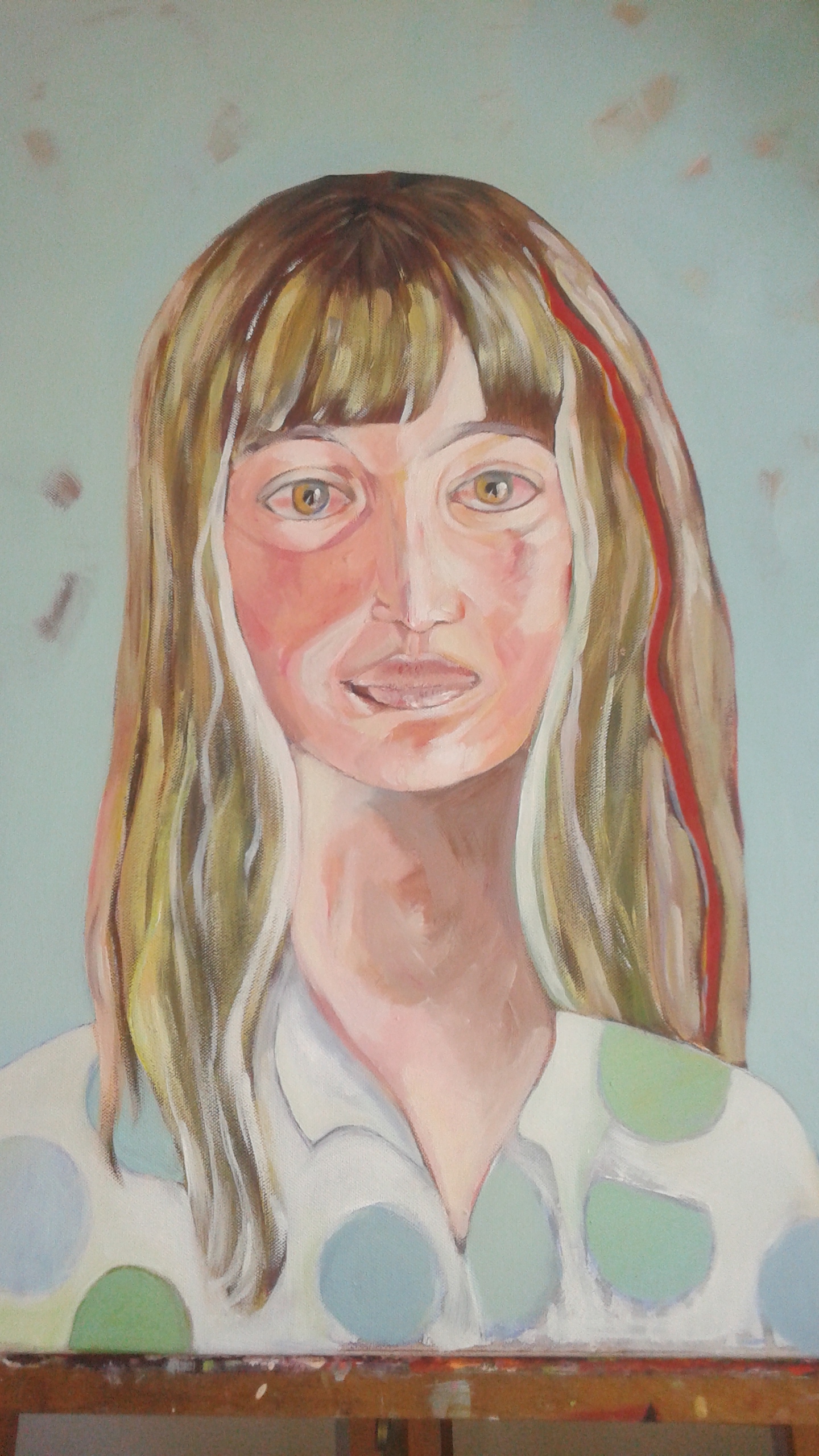Adverse Childhood Experiences (ACEs) and health
This post is mostly based on Veronique Mead’s kindle book, Book 5: Adverse Childhood Experiences and Chronic Illness, and other articles from her website, but information about the findings of the ACE studies can be found in many articles and books and online resources.
Concerning resistance from health professionals Mead writes ‘Resistance to obtaining and acting on this information from childhood is to be expected. It will be the result of several factors: the awakening of personal ghosts, discomfort in breaking taboos, lack of training or knowledge, concern over upsetting parents, and perceived lack of time and reimbursement’. I am still sometimes taken aback by people’s response to posts, especially, when they refer to the connection between trauma and health or contain numbers and statistics. However, for all those suffering from some type of chronic illness, learning about this information gives one more control over their health. Mead writes that Dr Felitti believes that educating and empowering the population is the most powerful way to stimulate change.
The ACE studies:
In the 1990s Dr.Felitti collaborated with medical epidemiologist Dr. Robert Anda from the Centers for Disease Control in putting together the ACE study. They finally, chose 10 staggeringly common areas of childhood trauma to examine. The results from the original study have been replicated in hundreds if not thousands of studies around the world in the past 25 years since the first ACE study was published. There is now incontrovertible evidence linking adverse childhood experiences and chronic illness. It has also been found that participants with these scores are not just the poor and disenfranchised. Actually, ACEs occur in all walks of life, in full view of family, friends, teachers and neighbours. The original study participants were 80% white (including Latino), 10% black, and 10% Asian. Most were middle class, college educated and had good jobs and health insurance.
The Adverse Childhood Experiences (ACE) research explores the relationship between difficult childhood events and chronic behavioral, mental and physical health problems in adult life. It has been found that traumatic and adverse events in childhood greatly increase the risk for all kinds of chronic health problems later in life, from diabetes, cancer, being overweight, stroke, heart disease and chronic lung disease to substance abuse and other addictions, to anxiety, depression and attempted suicide and much more. They have found that for every increase in the ACE score of 1 point, the risk for developing an autoimmune disease such as type 1diabetes, lupus, rheumatoid arthritis and many others goes up by 20%. The list of autoimmune illnesses is very long. The length of the list gives us an idea of how deeply life experiences interact with children’s developing bodies and physiologies and change how the nervous, immune, digestive and other organ systems function later in life. An ACE score of only 2 or more increases the chances of being hospitalized for an autoimmune disease by 70 to 80%! Dube and Felitti et al found that: childhood stressful events may also amplify the effect of other environmental factors, such as infections. People with a score of 6 or more have a life expectancy that is 20 years shorter than people with no ACEs. With a score of 4 or more, risk for diabetes goes up 1.6 fold, doubles for cancer and heart disease, and quadruples for chronic lung disease. Markers of inflammation increase. For instance, C reactive protein, which is an indicator of inflammation, is higher in people with a history of ACEs. A second factor in the compounding effects of trauma is that if you are exposed to one adverse childhood event, you are also 65% to 93% more likely to be exposed to other adversities. ACEs are also linked to addictions and other behaviours. Mead writes that ‘Like family physician Gabor Mate and author Johann Hari, Felitti discovered from his patients that behaviors such as addictions to drugs, food, and alcohol (among others) are ways of coping with overwhelming feelings from unresolved trauma rather than an addiction to a chemical substance’
Apart from the 10 childhood events that the ACE studies have been measuring there are many more types of experiences that affect the risk for chronic illness. Actually, one of the limitations of the ACE study is that it only looks at 10 types of trauma. In addition to these 10, other events also increase risk for chronic illness, mental health conditions and other long-term health problems. These experiences can be things like hospitalizations and surgeries; accidents and falls; experiences of being bullied, shamed, judged or blamed; emotional and physical neglect; loss of people close to us other than our parents, including siblings and friends; loss of pets; living in war zones or refugee camps; growing up away from home (e.g. on a reservation or boarding school); living in inner city violence, being in foster care, extreme poverty and any negative life event occurring in a state of relative helplessness.
The ACE studies have emphasized that the effects of trauma and adversity are not limited to PTSD, but include physiological, biochemical and nervous system patterns that underlie many chronic illnesses. The freeze response is one of the ways that our nervous systems take on new patterns of functioning. According to Peter Levine and others in the field of trauma therapy, it’s what underlies and drives the long- term symptoms that follow trauma (cited in Mead, 2018). It has also now been found that adverse childhood experiences alter how genes behave through epigenetics, a process by which small chemicals attach to the surface of genes and influence how they express themselves. The chemicals attach and detach based on environmental factors, such as, stress, diet, exercise, adverse life experiences, infections, toxins and other exposures that overwhelm our body’s ability to escape or / and overcome threat. While epigenetic changes can last a decade or a lifetime, they are also reversible. One way of reversing epigenetic changes caused by ACEs is through resolving trauma. Our physiologies are inherently designed to heal. Acknowledging the traumatic events that have happened to us and finding ways to work holistically with them can reverse conditions, decrease our risk of getting sick and help us integrate our experience.
Mead writes that ‘The ACE studies are the tip of the trauma iceberg. They are a clear, straightforward, quick assessment tool that have repeatedly been shown to increase risk for everything from heart disease, obesity & autoimmune illness, to cancer, depression and suicide, to giving birth prematurely or experiencing postpartum depression, to addictions, divorce, violence, fractures, and beyond. The ACE studies are offering doctors and the lay person alike a new understanding of health. They are helping our society recognize that when there is an imbalance between levels of adversity and levels of loving, nurturing support in our childhoods and in our lives, it has a profound impact’. So, even though traumatic events still tend to be unrecognized and dismissed by our culture and often remain underestimated in the medical health care system, the ACE studies have given us ample information on the effects of adversity and trauma to finally begin to seriously consider the link between life events and health.
 Internalizing green zone experiences builds up a core of inner strengths. In a positive cycle, this fosters more experiences of the Responsive mode and therefore more opportunities to grow inner resources. Then you can handle larger and larger challenges, staying green inside even when the world is flashing red, with a bone-deep resilient well-being that nothing can penetrate and overwhelm. When faced with a challenge, be mindful of which particular need— for safety, satisfaction, or connection— is at stake. Deliberately call upon your inner strengths related to meeting these specific needs…… Then, as you experience mental resources, you can reinforce them in your nervous system. I’ve sailed some, and I’ve managed to capsize a boat that didn’t have a keel. If the mind is like a sailboat, growing inner resources is like strengthening and lengthening its keel. Then you can live more boldly, trusting that you can explore and enjoy the deeper waters of life, and handle any storms that come your way (From Resilient by Rick Hanson, 2018)
Internalizing green zone experiences builds up a core of inner strengths. In a positive cycle, this fosters more experiences of the Responsive mode and therefore more opportunities to grow inner resources. Then you can handle larger and larger challenges, staying green inside even when the world is flashing red, with a bone-deep resilient well-being that nothing can penetrate and overwhelm. When faced with a challenge, be mindful of which particular need— for safety, satisfaction, or connection— is at stake. Deliberately call upon your inner strengths related to meeting these specific needs…… Then, as you experience mental resources, you can reinforce them in your nervous system. I’ve sailed some, and I’ve managed to capsize a boat that didn’t have a keel. If the mind is like a sailboat, growing inner resources is like strengthening and lengthening its keel. Then you can live more boldly, trusting that you can explore and enjoy the deeper waters of life, and handle any storms that come your way (From Resilient by Rick Hanson, 2018)
